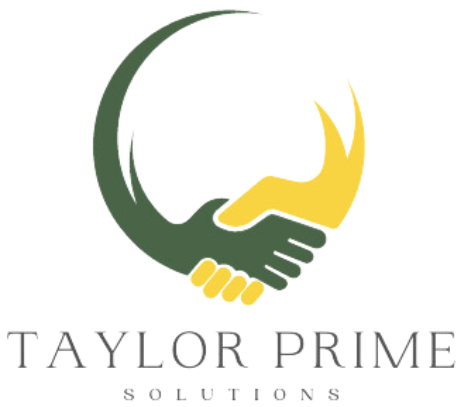If you’re starting your own ABA practice or transitioning from an employee role to independent work, one of your biggest hurdles will be getting credentialed with insurance. Without credentialing, you can’t bill most major payers, and clients can’t get coverage for your services.
In this post, we’ll break down exactly how to get credentialed with insurance as a BCBA, what documents you need, how long it takes, and how Taylor Prime Solutions can simplify the process for you.
📌 If you haven’t already, check out our full guide on How to Start Your Own ABA Practice for a step-by-step startup roadmap.
✅ What Is Insurance Credentialing?
Insurance credentialing (also called provider enrollment) is the process of getting approved by insurance companies to deliver billable services under their plans. Once credentialed, you’ll receive an in-network contract and can:
-
Bill insurance directly for ABA services
-
Show up in payer directories as a trusted provider
-
Expand your client base beyond private pay
🧾 What Documents Are Required for Credentialing?
The exact requirements vary by payer, but most insurance companies will ask for:
-
✅ Your NPI Number (Type 1 for individual, Type 2 for your business)
-
✅ Current BCBA certification and license (LBA if applicable)
-
✅ Professional liability insurance
-
✅ Copy of your driver’s license or state ID
-
✅ Resume or CV
-
✅ W-9 Form for tax information
-
✅ A completed CAQH profile (more below)
-
✅ Business entity documents (LLC, EIN, business license)
💡 If you’re a group practice or billing under an agency, you’ll also need organizational documents and a TIN.
🔁 Step-by-Step: How to Get Credentialed With Insurance as a BCBA
1. 🎯 Identify Which Payers You Want to Join
Start with insurers common in your area or requested by potential clients:
-
Medicaid (if applicable)
-
UnitedHealthcare / Optum
-
Aetna
-
Cigna
-
Blue Cross Blue Shield
-
TRICARE
2. 📝 Complete or Update Your CAQH Profile
CAQH (Council for Affordable Quality Healthcare) is a universal system many insurers use to verify provider information. It includes:
-
Education and license details
-
Work history
-
Insurance and NPI
-
Professional disclosures
Create or update your CAQH profile
⚠️ Keep this profile updated — insurers review it regularly.
3. 📤 Submit Credentialing Applications to Each Insurance Company
Some payers use CAQH; others have their own online portals or paper forms. You’ll need to:
-
Fill out individual applications
-
Attach the required documentation
-
Verify business info (e.g., clinic address, Tax ID, bank info)
-
Track submission status and follow up often
📌 The process can take 30–120+ days, depending on the payer.
4. 📩 Sign the Contract and Review Fee Schedules
Once approved, you’ll receive a contract and fee schedule. Read carefully:
-
Ensure CPT code reimbursements are fair
-
Confirm you’re listed as in-network
-
Set up electronic remittance and payment preferences
⏳ How Long Does Credentialing Take?
Most BCBA credentialing applications take 60–90 days, but some can take up to 120 days or longer (especially Medicaid).
💡 Apply early — ideally before your first client is scheduled.
🔧 How Taylor Prime Solutions Can Help
Insurance credentialing is tedious and time-sensitive. At Taylor Prime Solutions, we:
-
Complete and manage all credentialing paperwork
-
Set up and maintain your CAQH profile
-
Track submission progress and follow up with payers
-
Review and explain fee schedules and payer contracts
-
Handle payer enrollments for both solo and group providers
Whether you’re credentialing for the first time or expanding your network, we take care of the backend so you can stay focused on your clients.
📞 Call us today at 844-TAYLOR-9 (844-829-5679)
🌐 Message us online
📧 Send us an email


